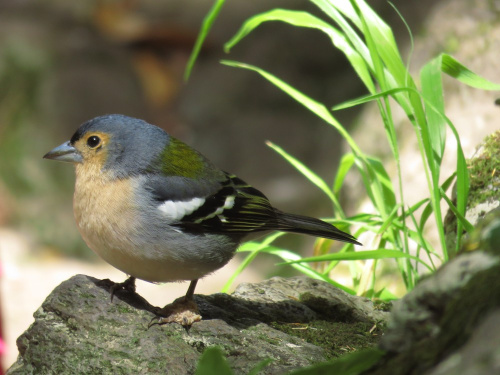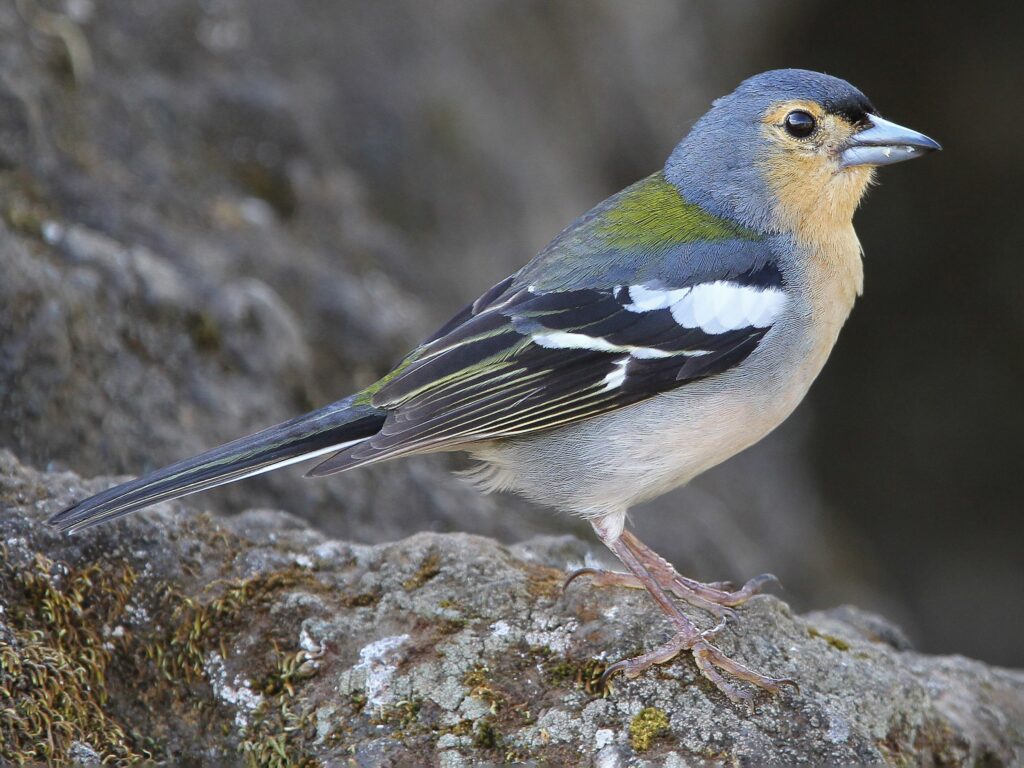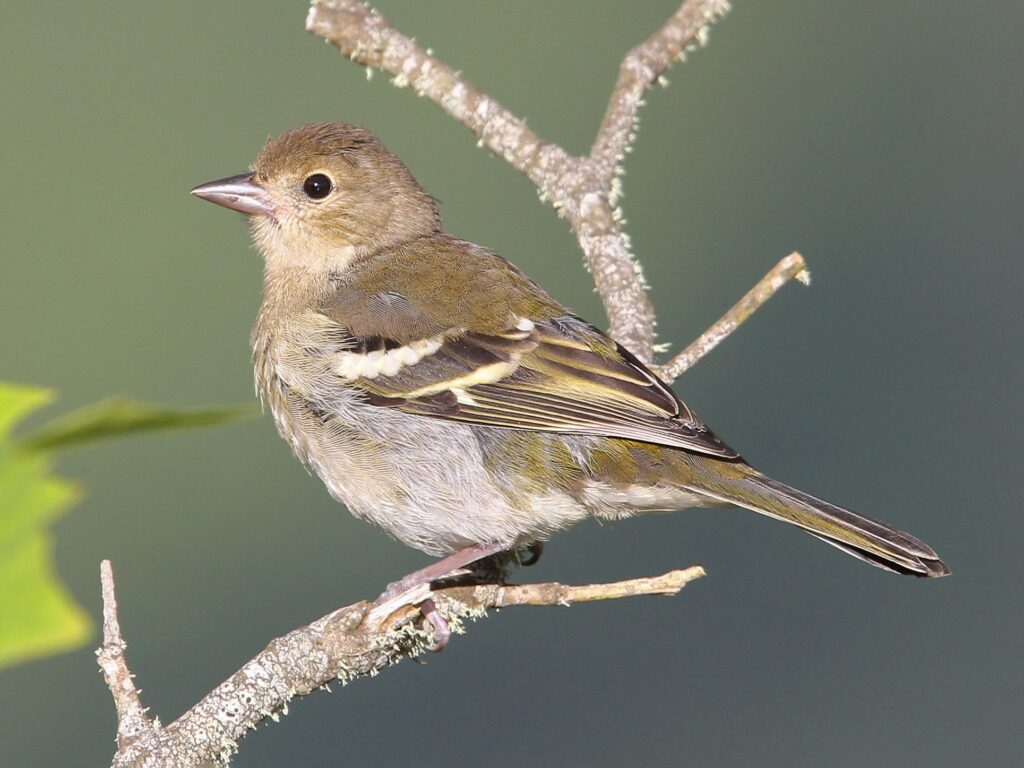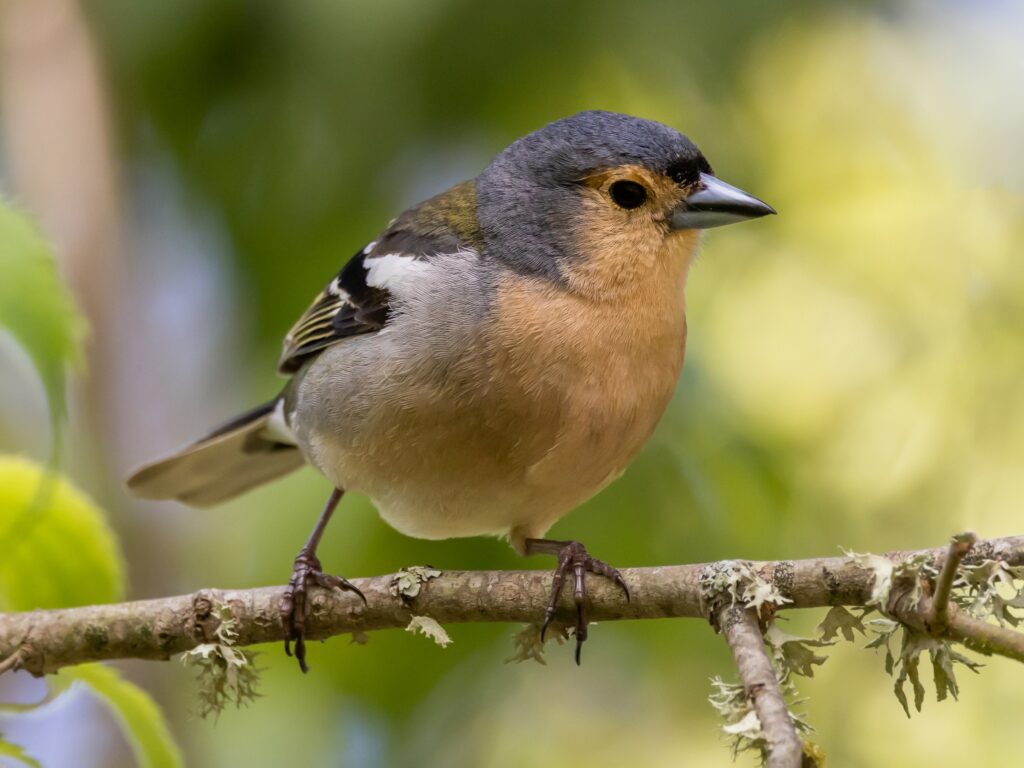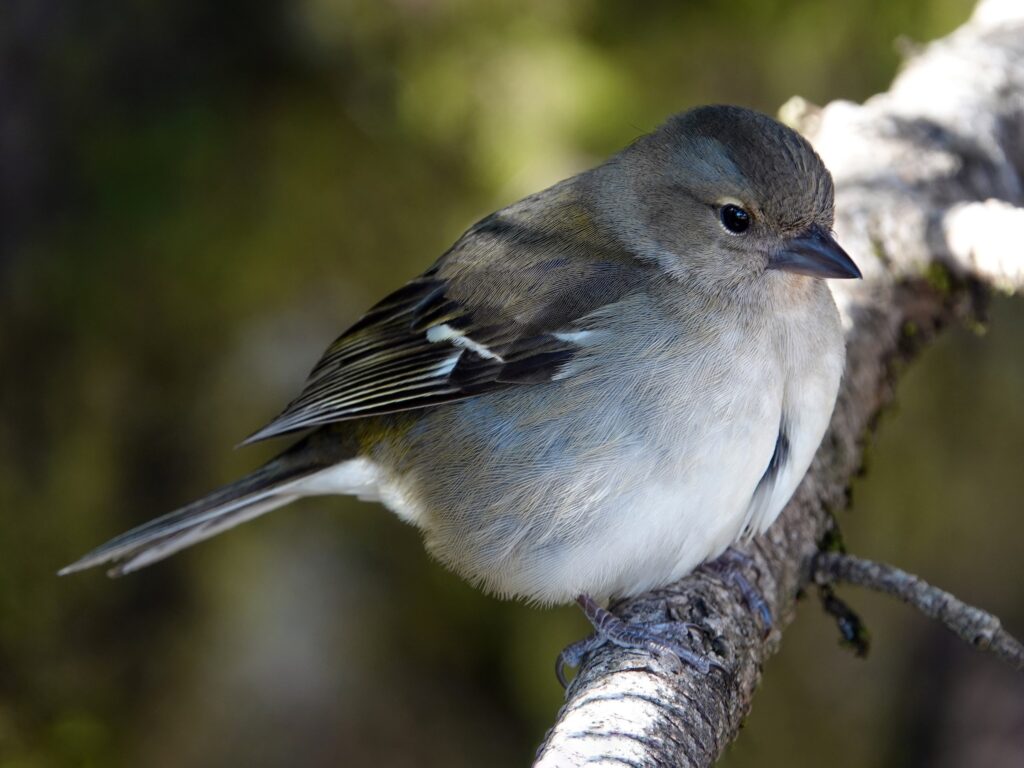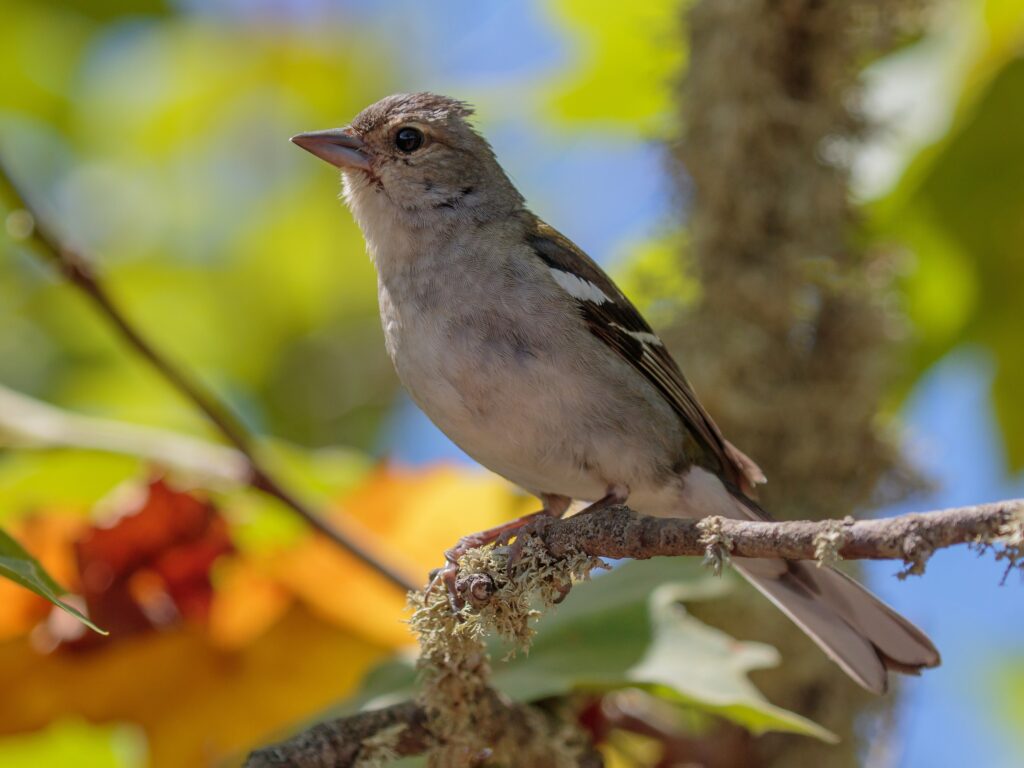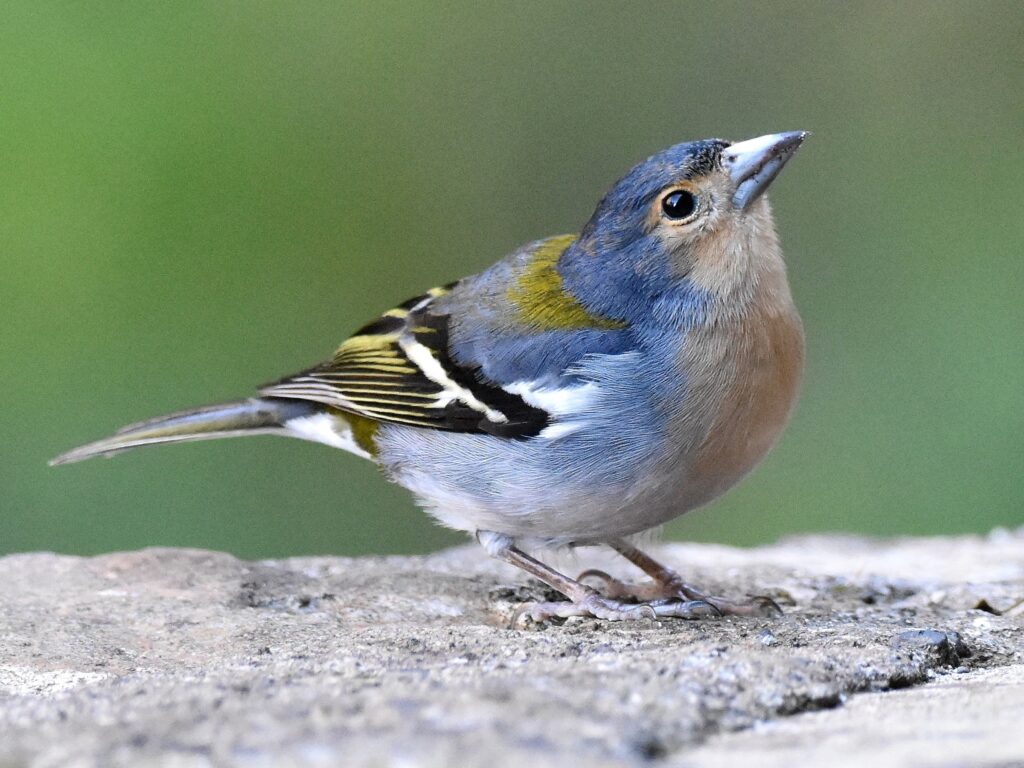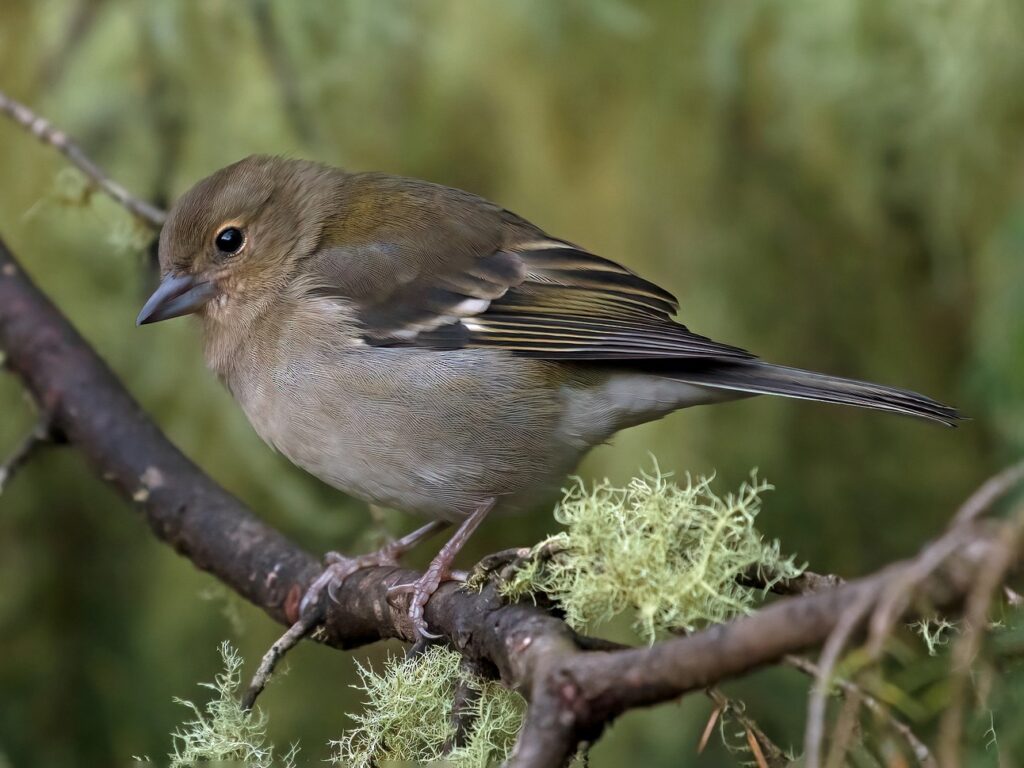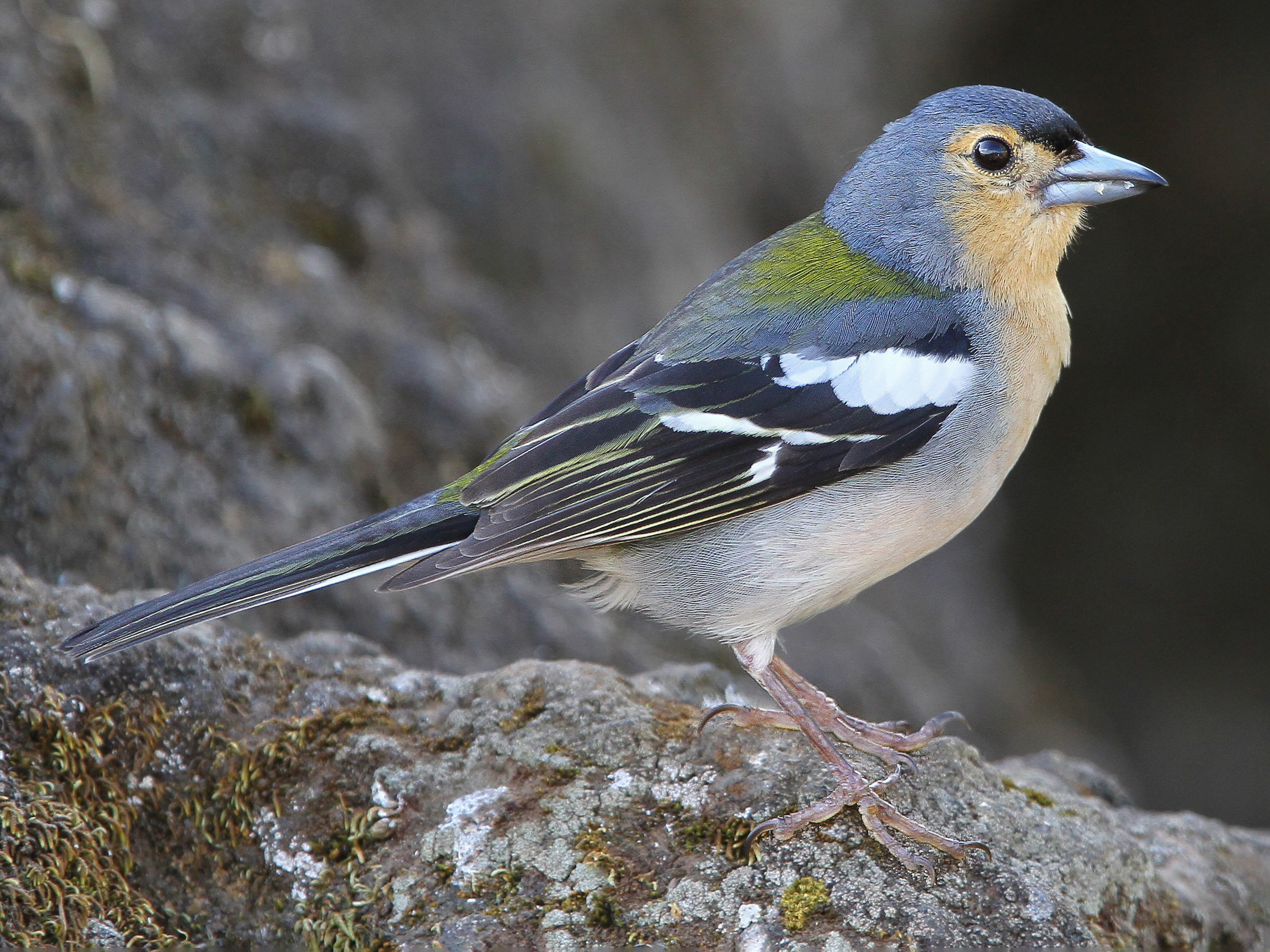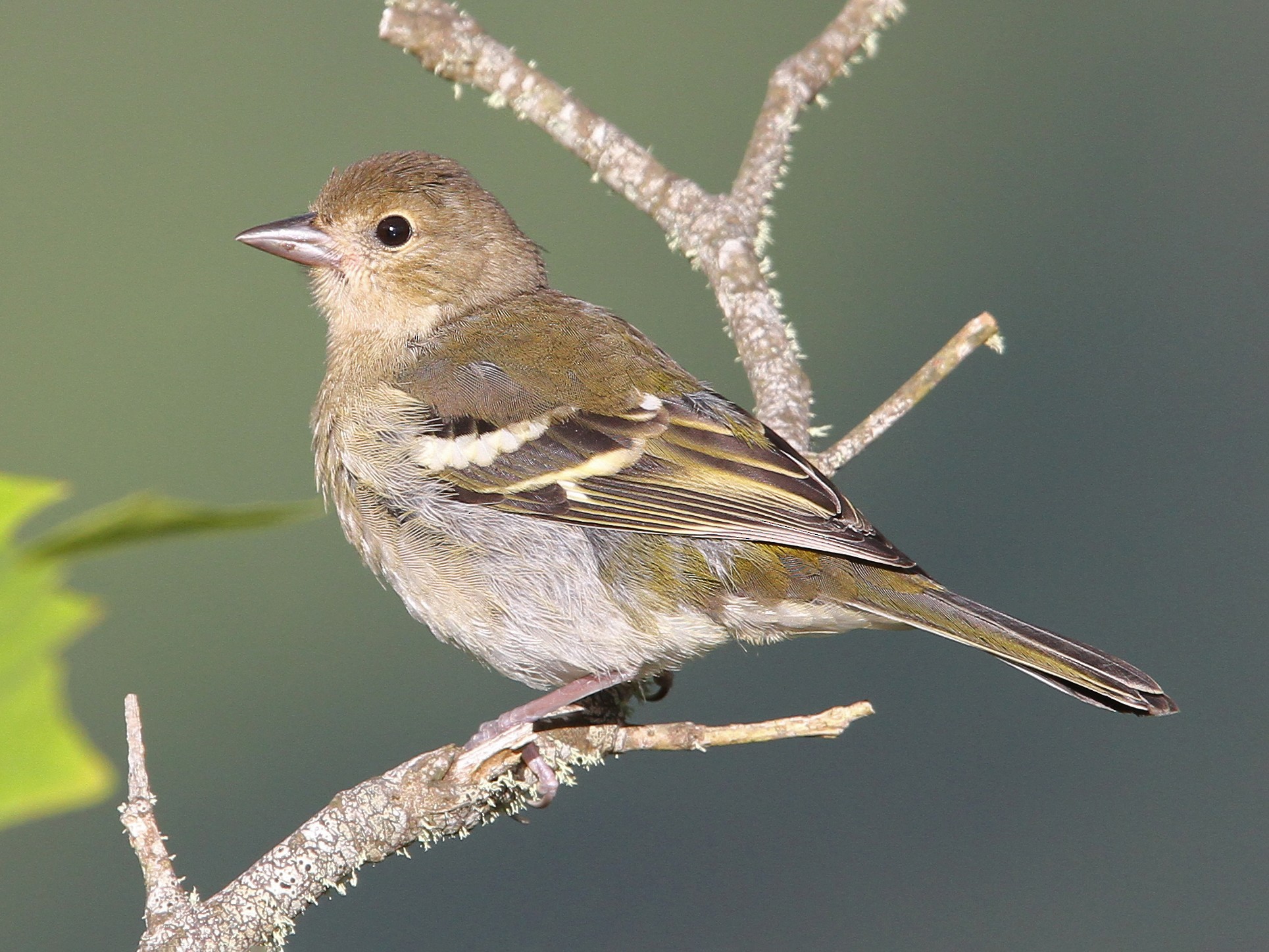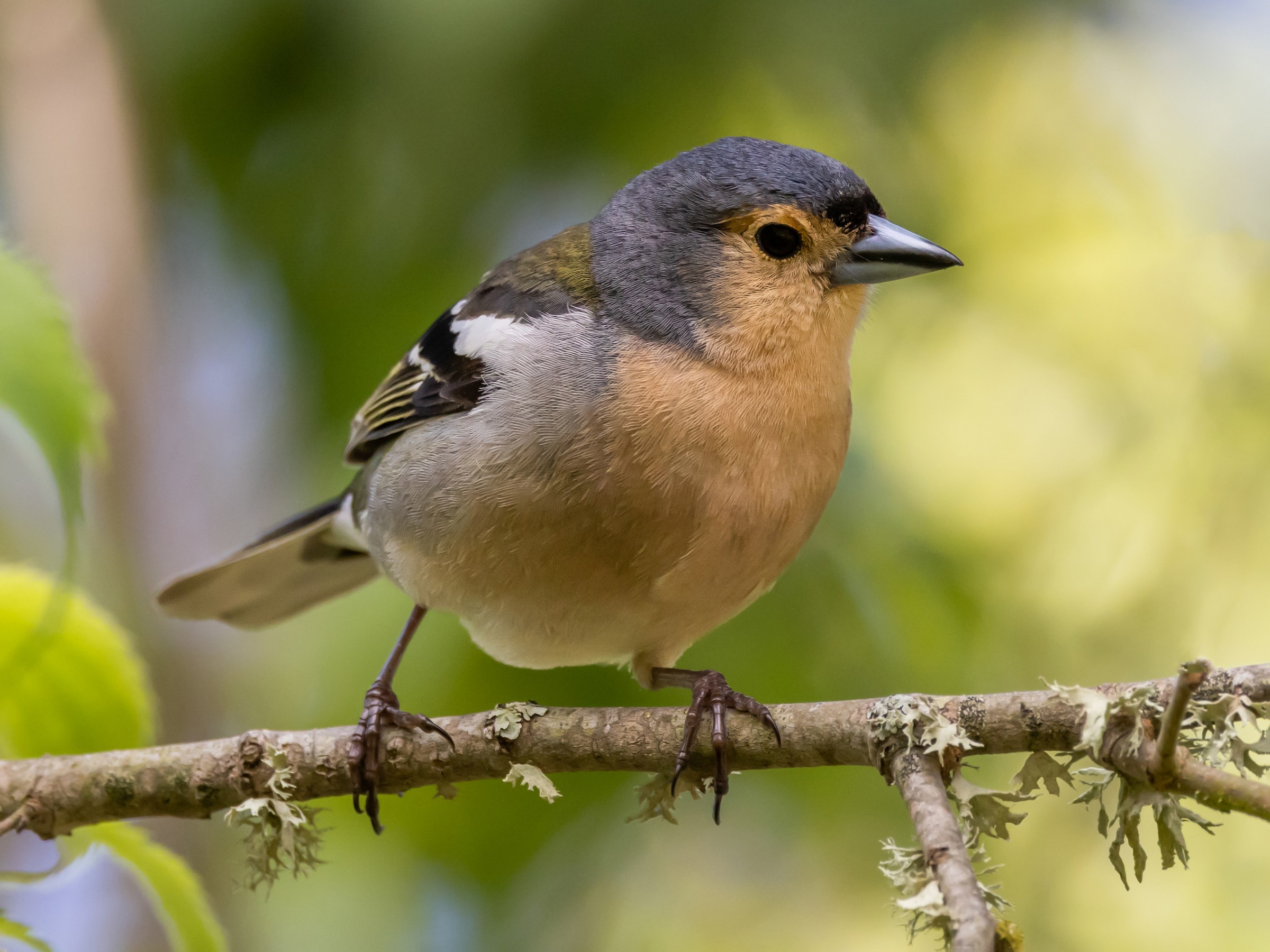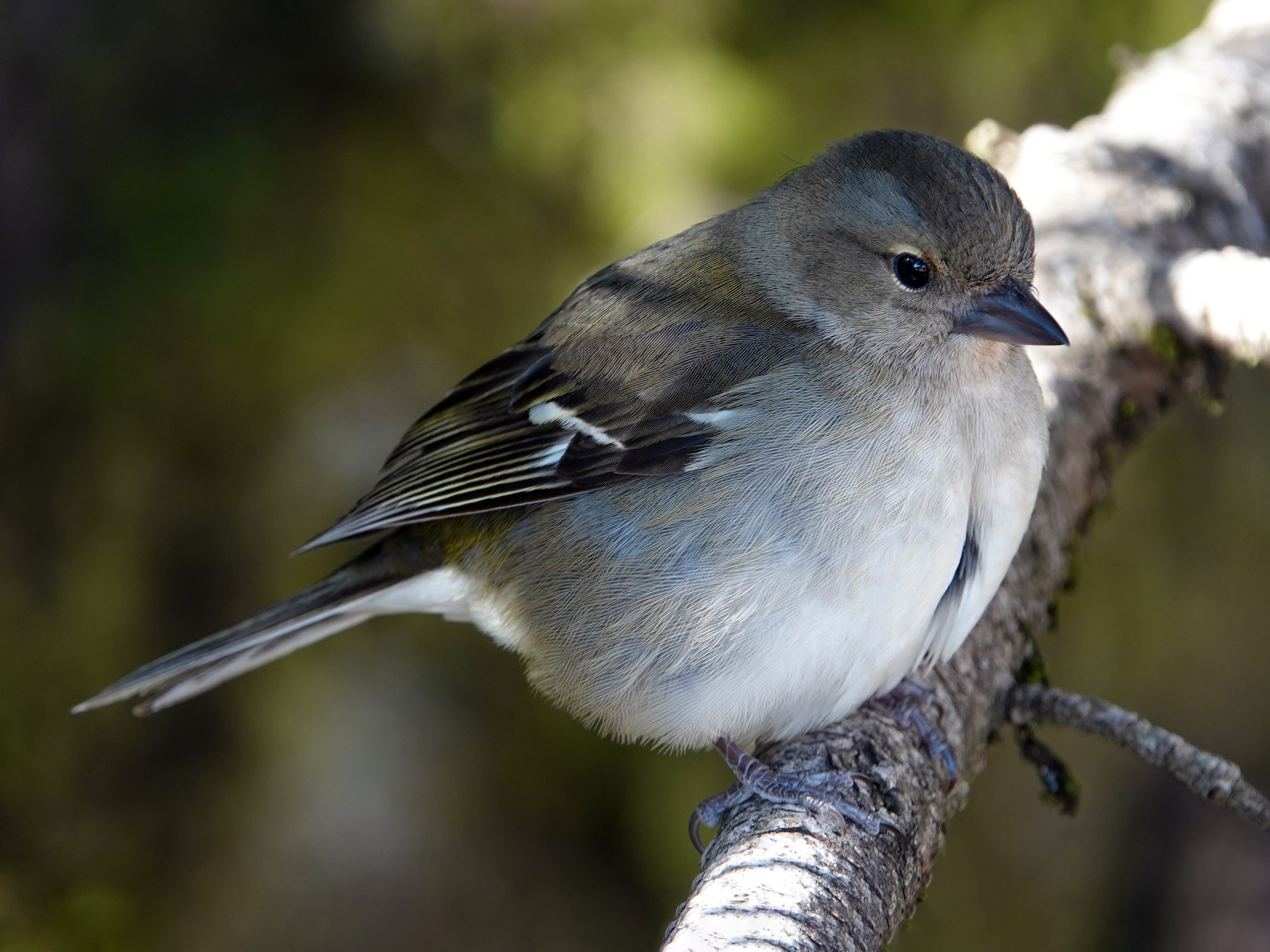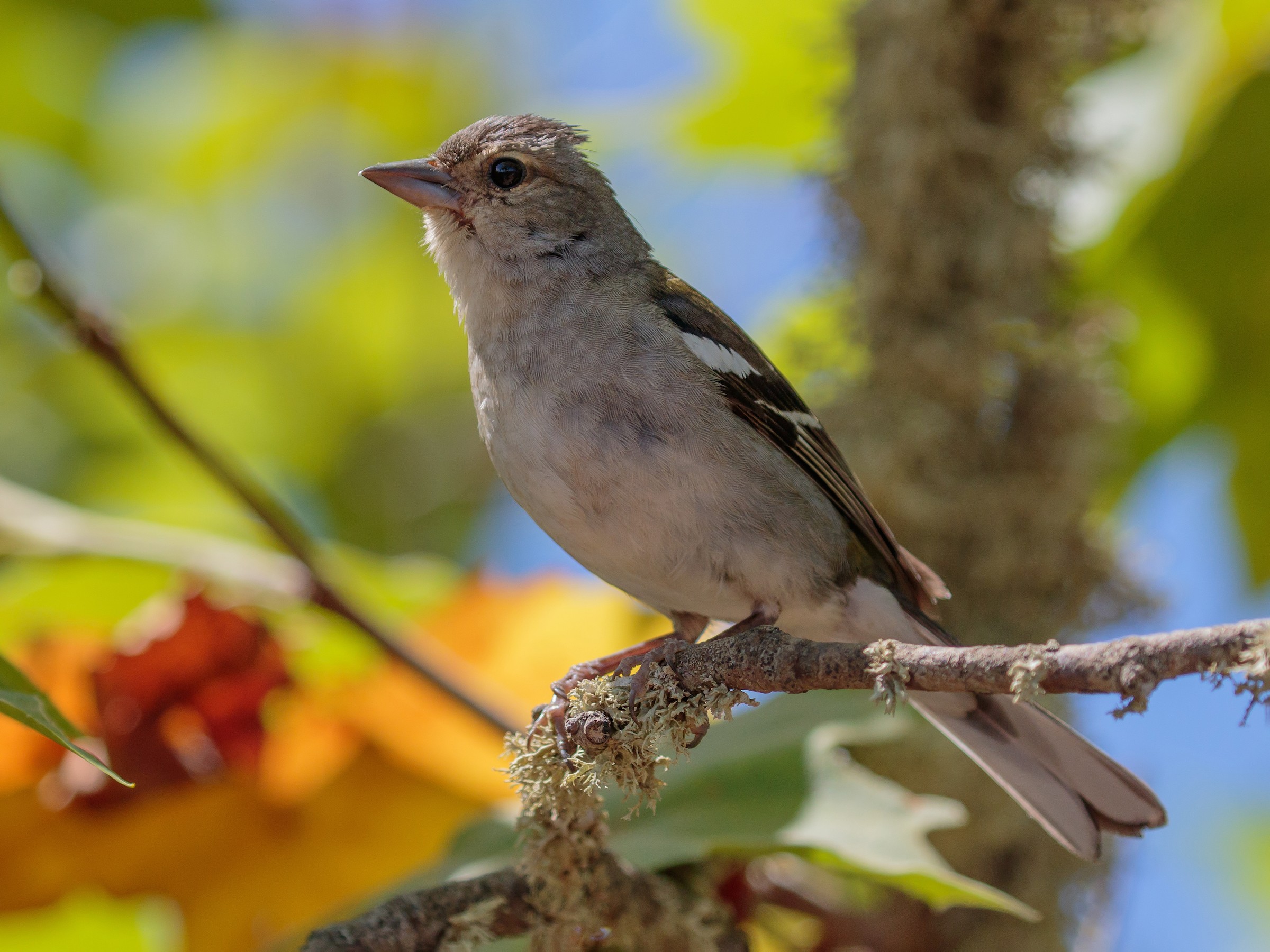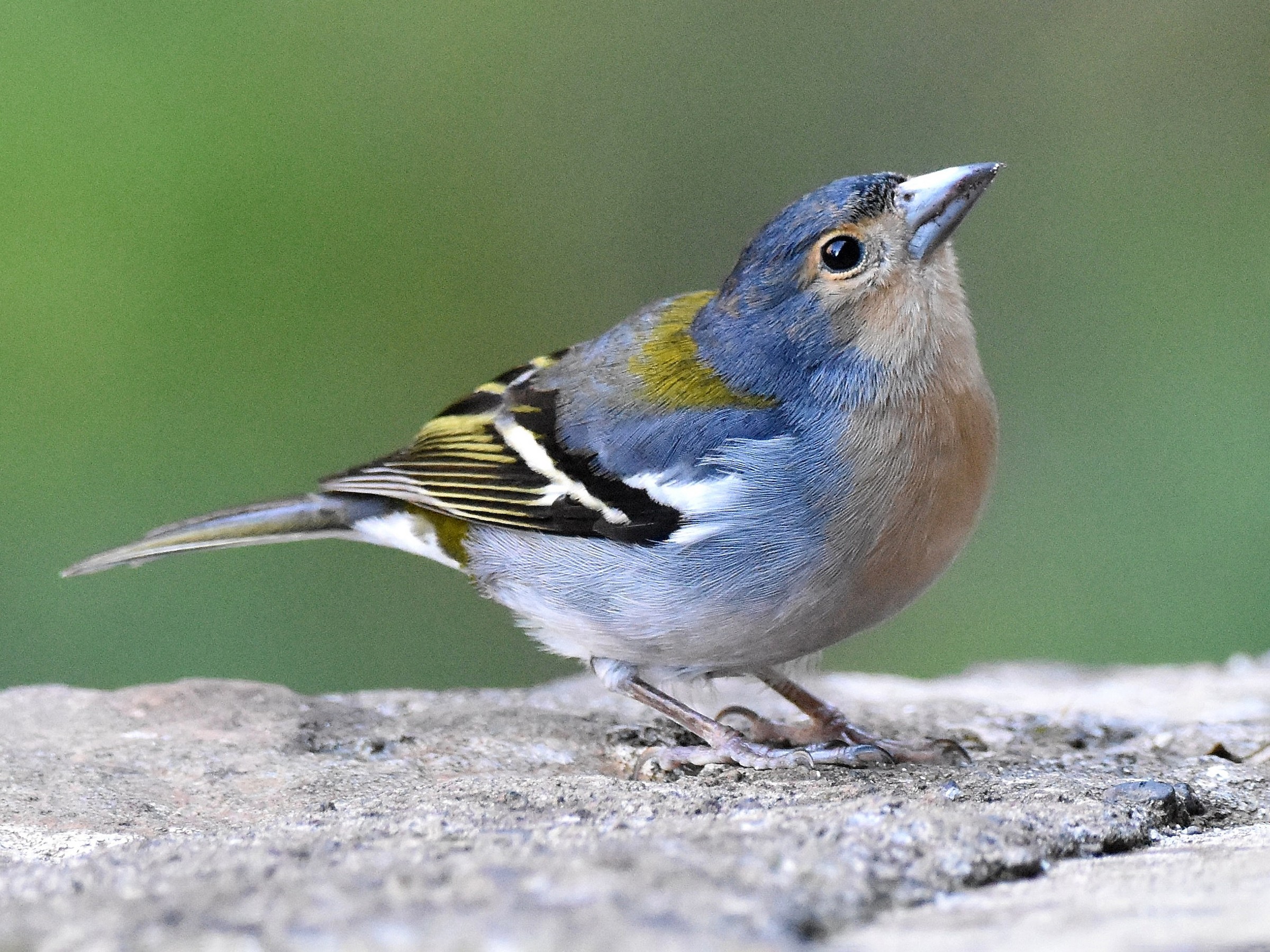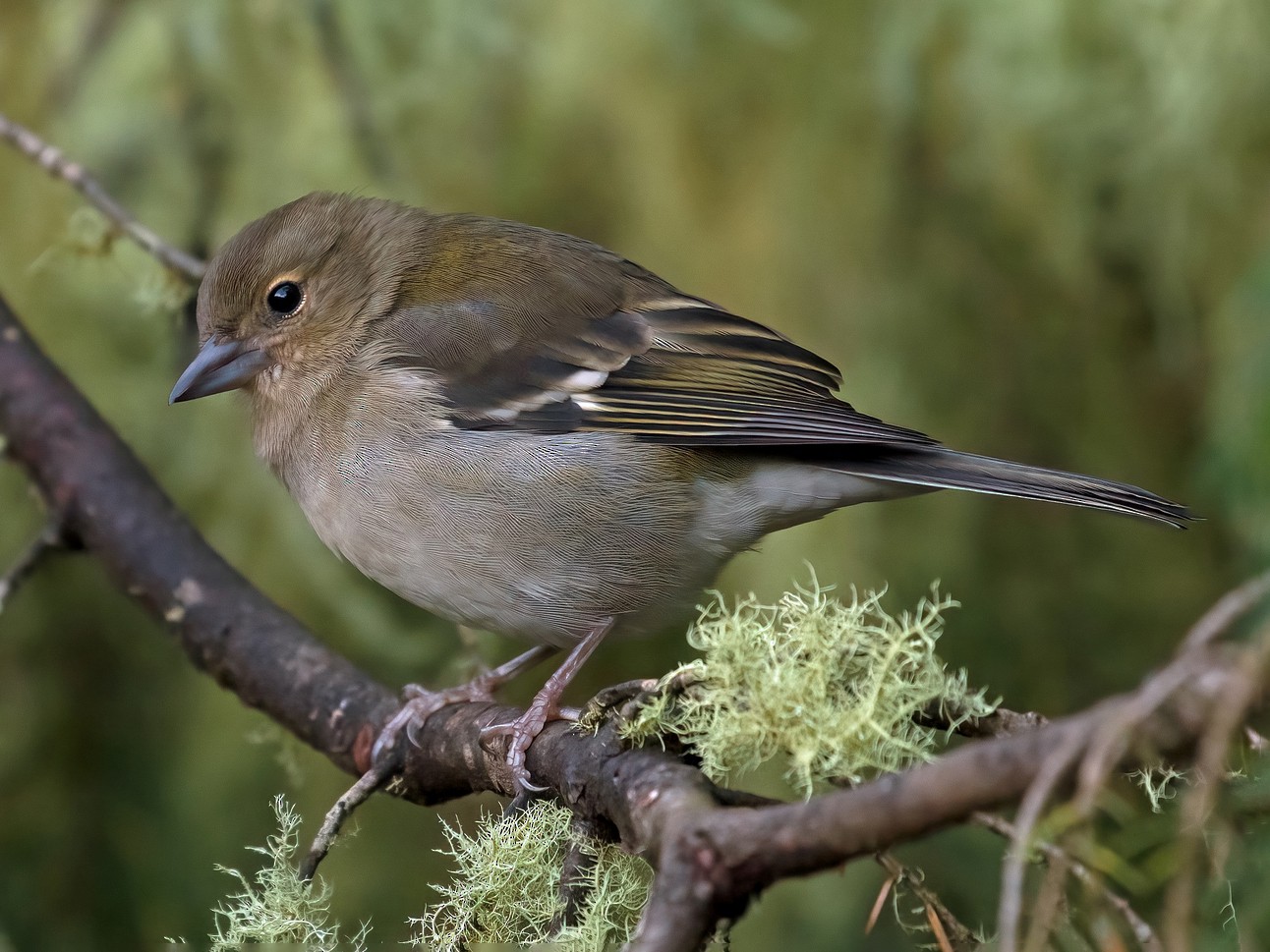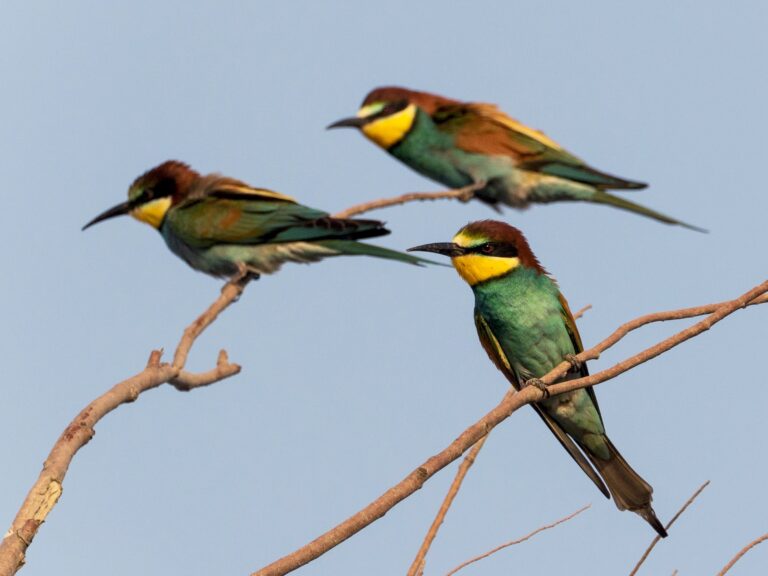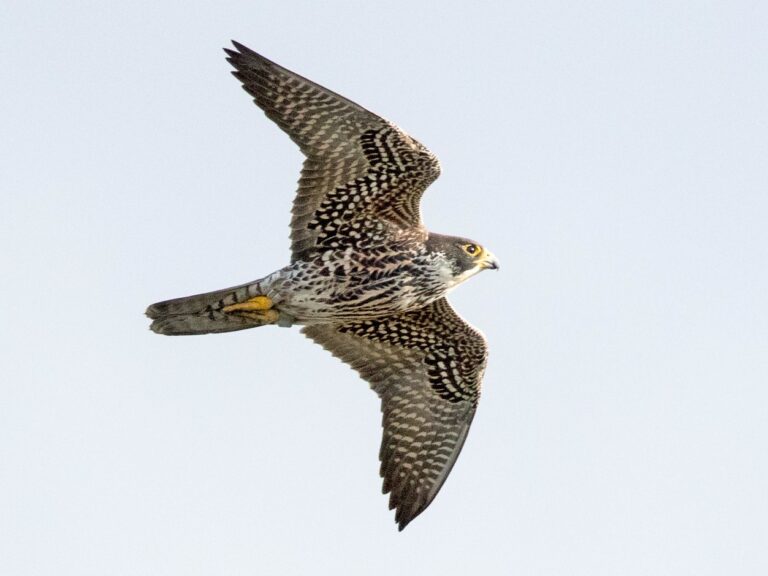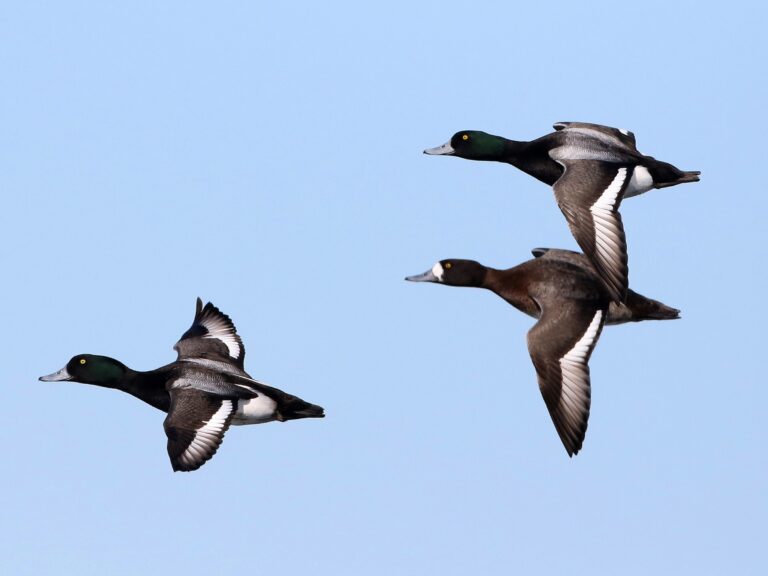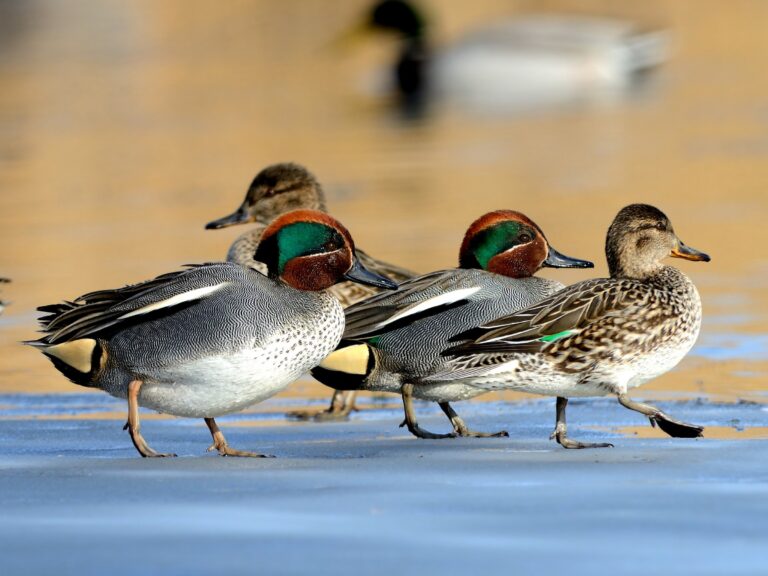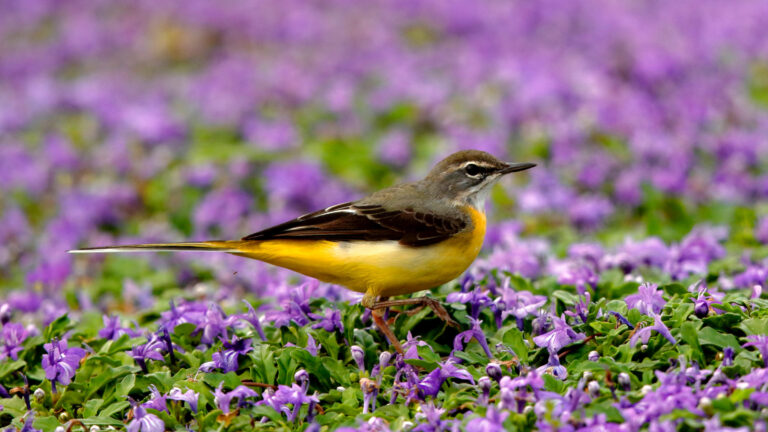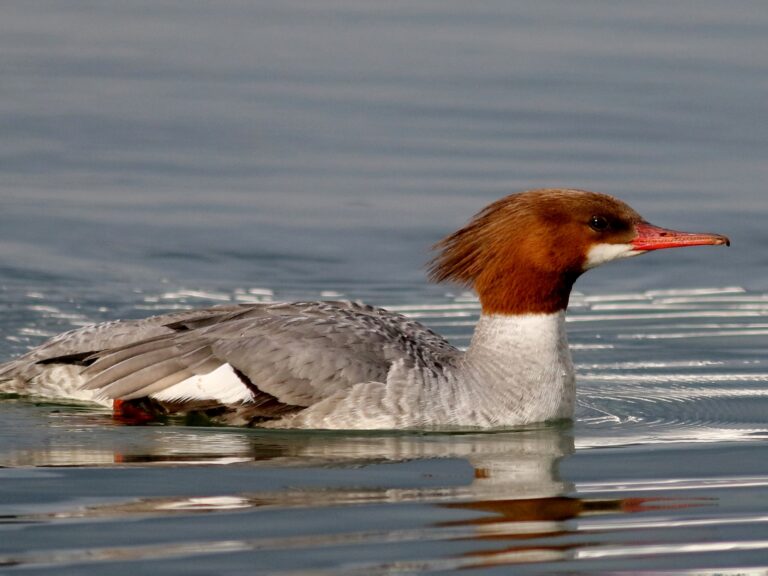Madeira Chaffinch: Discovering the Unique Charm of This Vibrant Bird
The Madeira Chaffinch is an intriguing bird that captures the attention of birdwatchers and nature lovers alike. Known for its striking plumage and melodious song, this species is unique to the Madeira archipelago. Its vibrant colors make it a standout among other finches, while its vocalizations add a charm that enriches the island’s natural soundscape.
These birds thrive in the lush forests of Madeira, where they find plenty of food and nesting sites. As they mature, their behaviors and reproductive habits become evident, showcasing the adaptations that allow them to survive in their specific habitat. Understanding the lifecycle and characteristics of the Madeira Chaffinch provides insight into its crucial role in the island’s ecosystem.
As conservation efforts continue, it is important to ensure that these birds remain part of Madeira’s rich biodiversity. Engaging with the Madeira Chaffinch offers not only a glimpse into avian life but also a chance to appreciate the beauty of nature in its most vibrant form.
Key Takeaways
- The Madeira Chaffinch is unique to the Madeira archipelago with vibrant colors.
- These birds have melodious calls that enhance their natural habitat.
- Conservation is vital for maintaining the biodiversity of the Madeira Chaffinch.
Taxonomy and Classification
The taxonomy and classification of the Madeira Chaffinch involves understanding its subspecies and specific characteristics. The bird, known scientifically as Fringilla coelebs, includes distinct subspecies that display unique traits.
Defining Subspecies
The Madeira Chaffinch is scientifically classified as Fringilla coelebs maderensis. This subspecies is unique to Madeira and exhibits differences in size and coloration compared to other populations of chaffinches.
The maderensis is generally smaller with a more muted color palette, which helps it adapt to its environment. Its vocalizations are also distinct, featuring a series of melodic notes that can differ from mainland counterparts.
Research has shown that these vocal differences play a role in mate selection and territory establishment. This makes Fringilla coelebs maderensis an important subject for studies on avian communication and evolution in isolated environments.
Physical Characteristics
The Madeiran Chaffinch is a small bird with distinct physical traits that help in identifying males and females. Its vocalizations add to its charm, making it a recognizable presence in the wild.
Identifying Male and Female Chaffinch
Male and female Madeiran Chaffinches exhibit notable differences in their plumage. The male is characterized by its vibrant coloration. It has a rich orange underbelly and a striking blue-grey crown.
In contrast, the female is more subdued, sporting a brownish-grey hue overall. While both sexes share a similar body shape and size, the male’s bold colors make it easier to spot. Their beaks are short and robust, ideal for eating seeds and berries.
Vocalizations also vary slightly between genders. Males are known to produce a series of clear, melodic notes, especially during the breeding season. These songs play a crucial role in attracting females.
The Distinctive Blue-Grey Crown
The blue-grey crown of the Madeiran Chaffinch is one of its most defining features. This striking color contrasts sharply with the vibrant orange below.
Both sexes have this crown, but it appears more prominent on males. The blue-grey color can serve as an indicator of their health and vitality. Brighter crowns often signify a healthy individual.
In addition to their appearance, these birds are known for their lively and varied vocalizations. They produce a range of sounds that can include whistles and trills. This adds to their appeal and helps them establish territory. The combination of physical traits and vocal skills makes the Madeiran Chaffinch a captivating species within its habitat.
Habitat and Distribution
The Madeira Chaffinch is a unique bird found primarily in the diverse habitats of Madeira. This bird thrives in specific environments, showcasing its adaptability and preference for certain conditions. Its population dynamics and range underscore the importance of conservation efforts due to its status as a rare species.
Madeira’s Native Habitats
The Madeira Chaffinch inhabits the lush laurisilva forests of Madeira. This type of forest provides a rich understory filled with dense foliage, ideal for foraging and nesting. The bird often prefers areas with abundant vegetation and a mix of tall trees and shrubs.
The chaffinch is also found in open woodlands and gardens, illustrating its adaptability to human-altered landscapes. The altitude of these habitats can range from 300 to 1,300 meters, allowing the chaffinch to thrive in various microclimates. It primarily feeds on seeds, insects, and fruits found within these habitats.
Population and Range
The range of the Madeira Chaffinch is limited, making it a rare sight. It predominantly occupies the mainland of Madeira but has also been occasionally spotted in nearby islands, indicating its potential for further distribution.
Though the population is stable in certain areas, pressures from habitat loss threaten its numbers. The chaffinch’s vocalizations are notable, characterized by melodious songs that vary among individuals. This vocal diversity may play a role in mating and territory establishment. Conservation measures are essential to ensure the survival of this unique bird species amid changing environmental conditions.
Reproduction and Breeding
The Madeira Chaffinch, known scientifically as Fringilla coelebs maderensis, exhibits unique breeding behaviors influenced by its habitat. These behaviors are crucial for species survival and reproduction. A closer look at their breeding seasons reveals important details about their mating patterns and vocalizations.
Breeding Seasons
In Madeira, breeding typically occurs during late April to June. Most pairs start forming bonds in May when the weather is more favorable. Males attract females through their distinct vocalizations, which consist of melodious songs.
Vocalizations play a key role in courtship. Males use rich, varied songs to establish territory and signal their fitness to prospective mates.
Nests are built in dense foliage, providing protection. The female usually lays 3 to 5 eggs, which she incubates for about 12-14 days. After hatching, the chicks demand a lot of food, and both parents actively feed them. This cooperative breeding behavior ensures higher survival rates for the young chaffinches.
Conservation Status
The Madeira Chaffinch, known for its unique vocalizations, is considered a rare bird species. Its population is limited to the Madeira archipelago, making it particularly vulnerable to environmental changes and habitat loss.
Conservation efforts focus on protecting its habitat, which consists mainly of laurel forests. These forests are vital for the bird’s nesting and feeding.
- Vocalizations: The Madeira Chaffinch is known for its melodious song, which varies between individuals. These songs play a crucial role in attracting mates and establishing territory.
Threats to the Madeira Chaffinch include invasive species and climate change. Invasive plants can outcompete native flora, reducing food availability.
Conservation projects aim to restore the native vegetation and control invasive species. Community involvement and awareness campaigns are also essential to protect this rare bird.
Efforts to monitor its population are ongoing. Scientists gather data to assess the success of conservation initiatives, ensuring that the Madeira Chaffinch has a stable future.
For more detailed information on the conservation efforts for the Madeira Chaffinch, refer to studies such as those on its genetic diversity in the Azores here.
Photography and Media
Photography plays a vital role in showcasing the Madeira Chaffinch’s beauty and unique characteristics. Understanding the rights and usage of this imagery is essential for photographers and media professionals.
Photography Rights and Usage
Images of the Madeira Chaffinch may fall under different licensing categories. These include royalty-free, rights-managed, and editorial-only licenses.
- Royalty-Free: This allows for broad usage without paying royalties for each use.
- Rights Managed: Users pay for specific usage rights, which might include geographic limits or time limits.
- Editorial Only: Photos can only be used in editorial contexts, such as news articles or documentaries, without commercial intent.
Photographers should be aware of restrictions on their work. Some images might be for commercial only, meaning they can’t be used in non-profit applications.
High-resolution images are available for download, making it easier for publishers to feature this bird. Careful attention to these details helps protect both the artist’s work and the integrity of the media.
Frequently Asked Questions
The Madeira Chaffinch is a fascinating bird with unique traits and behaviors. This section addresses common questions about its characteristics, habitat, conservation, and more.
How do the characteristics of the Madeira Chaffinch differ from those of the Azores Chaffinch?
The Madeira Chaffinch has a distinct plumage compared to the Azores Chaffinch. The Madeira Chaffinch typically features brighter colors and more prominent markings. These differences help them adapt to their specific environments on the islands.
What are the identifying features of a female Madeira Chaffinch?
Female Madeira Chaffinches are more subdued in color than males. They exhibit a brownish tone with streaks that provide camouflage. Their smaller size and softer vocalizations also distinguish them from males, which are more colorful and louder.
In what ways is the Trocaz pigeon similar to or different from the Madeira Chaffinch?
The Trocaz pigeon and the Madeira Chaffinch both inhabit Madeira but belong to different bird families. The Trocaz pigeon is larger and primarily herbivorous, while the Madeira Chaffinch is smaller and feeds on seeds and insects. Their vocalizations also differ, with the chaffinch being known for its trills.
What unique behaviors are exhibited by the Madeira Chaffinch?
Madeira Chaffinches are known for their lively social interactions. They often engage in complex vocalizations, which serve to establish territory and attract mates. They also display unique foraging techniques, often hopping around vegetation to find food.
Where is the Madeira Chaffinch’s natural habitat?
Their natural habitat includes laurel forests and shrublands on the island of Madeira. These areas provide ample food sources and nesting sites. The chaffinch thrives in elevations ranging from sea level to higher altitudes.
What conservation efforts are in place for the Madeira Chaffinch?
Conservation efforts focus on preserving its habitat and controlling invasive species. Organizations work to protect the native flora of Madeira, which supports the chaffinch. Public awareness campaigns also help highlight the importance of conserving this unique bird species.
